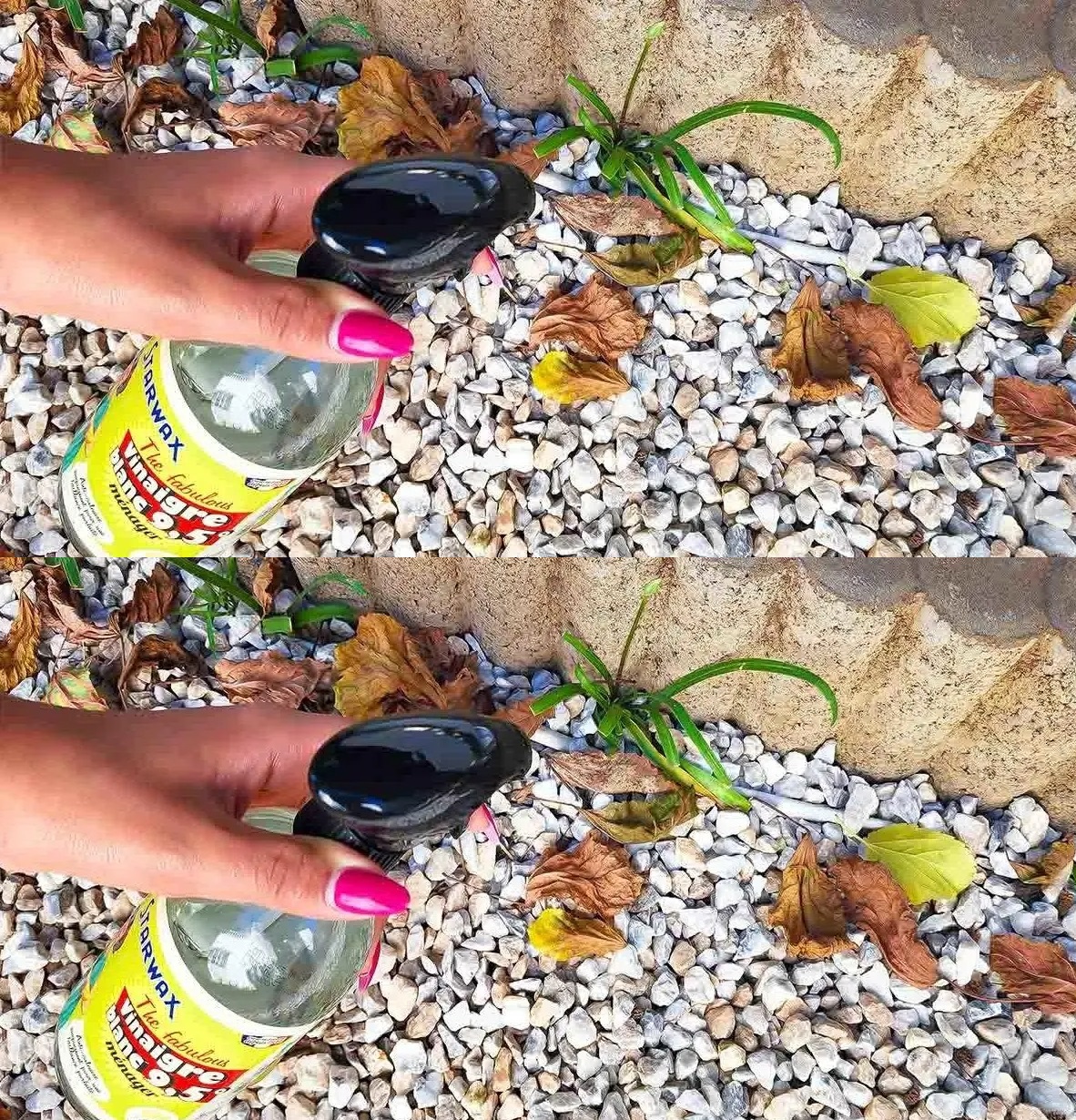ADVERTISEMENT
**Why It Works:**
– It prevents weeds from receiving sunlight, causing them to die off.
– The cardboard or newspaper gradually decomposes, enriching the soil.
**How to Do It:**
– Lay a thick layer of cardboard or newspaper directly over the area where weeds are growing.
– Cover it with mulch, compost, or wood chips to weigh it down and further block sunlight.
– Leave it in place for several weeks or until the weeds
are completely dead.
This is a low-cost and environmentally friendly method for controlling weeds in garden beds.
#### **9. Improve Soil Health**
Healthy soil is less likely to be overrun by weeds, as strong, healthy plants can outcompete weeds for resources. Improving soil health through proper care and organic amendments can naturally suppress weed growth.
**Why It Works:**
– Healthy soil encourages strong plant growth, making it harder for weeds to thrive.
– Adding organic matter, like compost or well-rotted manure, improves soil structure and nutrient content.
**How to Do It:**
– Regularly add compost or organic matter to your soil to keep it rich and fertile.
– Avoid over-tilling, which can disturb weed seeds and allow them to germinate.
– Practice crop rotation and interplanting to create a diverse and resilient ecosystem.
Improving soil health is an excellent long-term solution for reducing weed pressure in your garden.
#### **10. Regular Lawn Care**
Maintaining a healthy lawn through proper mowing, watering, and fertilization can naturally suppress weed growth. A thick, well-maintained lawn prevents weeds from taking root by shading the soil and outcompeting them for resources.
**Why It Works:**
– Strong grass and plants create a dense canopy that blocks sunlight, preventing weeds from germinating.
– Proper care minimizes the need for chemical weed killers.
**How to Do It:**
– Mow your lawn regularly to encourage healthy growth and prevent weeds from setting seeds.
– Water deeply but infrequently to encourage strong root systems in your lawn.
– Fertilize your lawn according to the needs of your grass type, focusing on organic fertilizers that promote soil health.
By maintaining a healthy lawn, you can reduce the likelihood of weeds invading your yard.
#### **11. Use of Weed Barriers**
Weed barriers are synthetic fabrics that are placed over soil to block weed growth while still allowing water and air to pass through. These are ideal for areas where you want to prevent weeds without constantly having to monitor the soil.
**Why It Works:**
– Weed barriers prevent weeds from penetrating the soil, providing long-term weed control.
– They’re reusable and effective for areas like garden paths, driveways, and flower beds.
**How to Do It:**
– Lay weed barrier fabric over the soil, securing the edges with stakes or rocks.
– Cut holes in the fabric for planting, ensuring the edges are sealed around the plant roots.
– Cover the fabric with mulch or decorative stone for a neat, finished look.
Weed barriers are a great solution for controlling weeds in low-maintenance areas.
### **Conclusion**
Weeds may seem like a never-ending battle, but with the right tools and techniques, you can keep them at bay and enjoy a beautiful, thriving garden. Whether you prefer natural methods like mulching, vinegar, or solarization, or you opt for chemical herbicides when necessary, the key is consistency. Regular maintenance, soil health, and targeted approaches will ensure that weeds don’t take over your garden or lawn.
By applying these 11 tips to kill and prevent weeds, you can reclaim your garden space and focus on nurturing the plants you love. Whether you’re an experienced gardener or just starting out, remember that staying ahead of the weeds with proactive care will always be the best approach!
